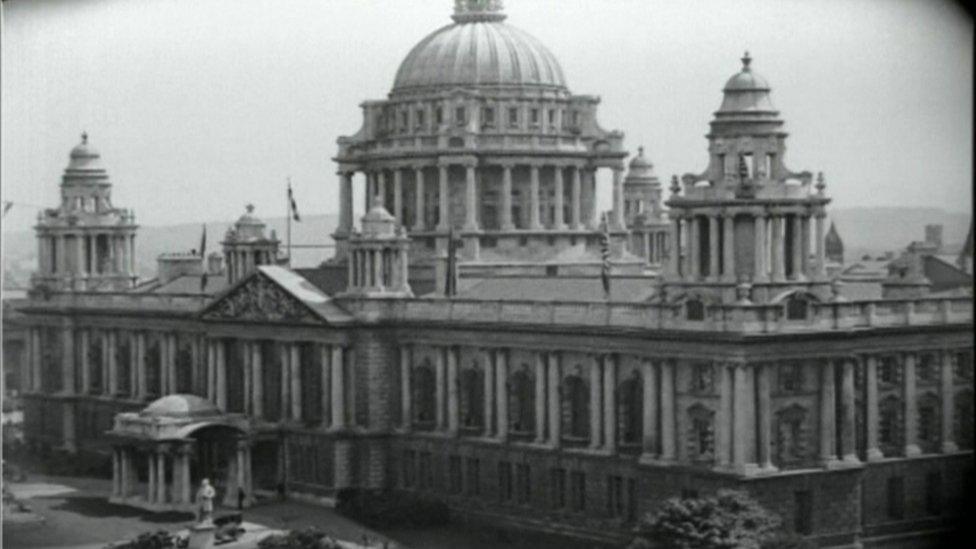NI 100: Leaders at odds over the events of 1920
- Published
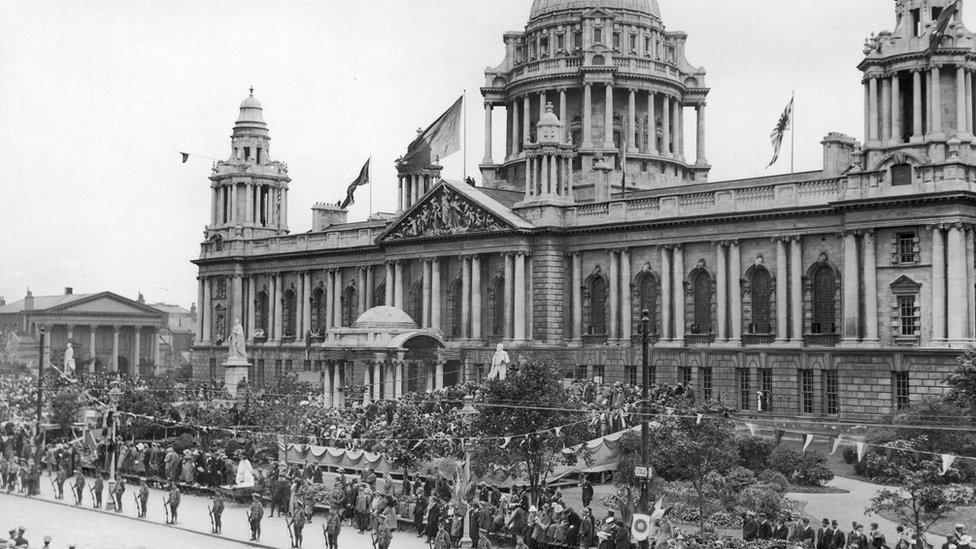
Crowds gathered outside Belfast City Hall in June 1921 for the opening of the Northern Ireland parliament
Twenty-four words changed the island of Ireland just before Christmas 100 years ago and they continue to divide politicians today.
The words, which created an Irish border for the first time, are contained in the 1920 Government of Ireland Act.
"Northern Ireland shall consist of the parliamentary counties of Antrim, Armagh, Down, Fermanagh, Londonderry and Tyrone, and the parliamentary boroughs of Belfast and Londonderry," stated the Act.
Irish politics was never quite the same again.
The act gained royal assent on 23 December 1920 and a Northern Ireland Parliament was established six months later.
Queen's University Belfast recently hosted a virtual event marking the Act and invited Northern Ireland First Minister Arlene Foster, leader of the Democratic Unionist Party (DUP), and Deputy First Minister Michelle O'Neill of Sinn Féin to give their perspectives.
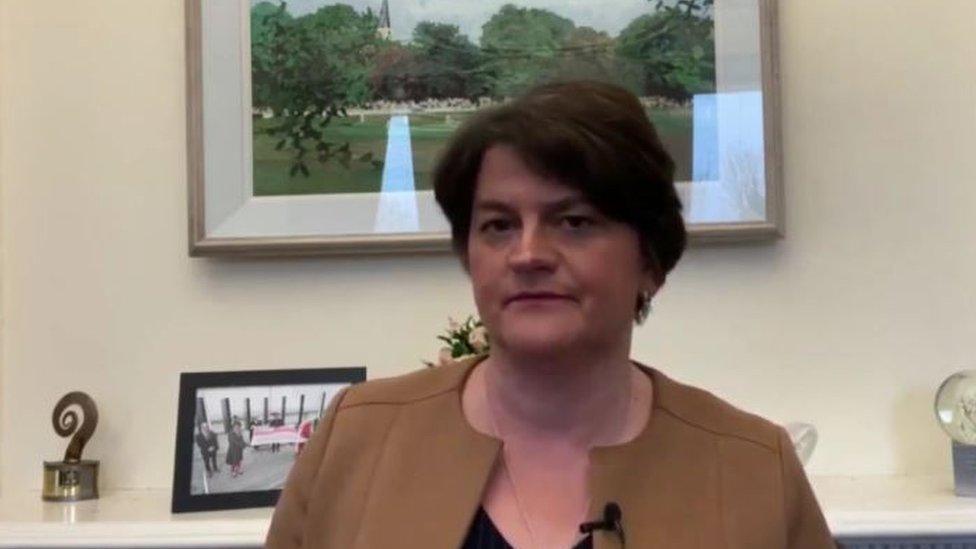
Arlene Foster suggested the 1920 Government of Ireland Act was "born of a unique blend of acceptance and denial"
The debate, external was timed to coincide with this month's centenary.
Mrs Foster suggested the Act was "born of a unique blend of acceptance and denial".
She said: "Between 1885 and 1921, parliamentary election results and political discourse demonstrated that Ireland was one island with two nations.
"The creation of two political institutions was acceptance of that.
"However, the Act sought to deny two realities.
"It assumed firstly that Irish republicanism would be content with fulfilment of Irish nationalist demands and, second, that the two political institutions would come together in the long-term.
"In reality, republicanism would not be sated by devolution and the belief in the union was the settled will of Northern Ireland."

Michelle O'Neill said "partition did not have an upside"
Michelle O'Neill offered a different view.
She said: "The bottom line is that partition did not have an upside. It created an exclusionary 'Orange State', the consequence of which was political conflict."
She added: "The political, social and cultural consequences of what happened during the decade 1912 to 1922 continue to reverberate throughout this island to this day."
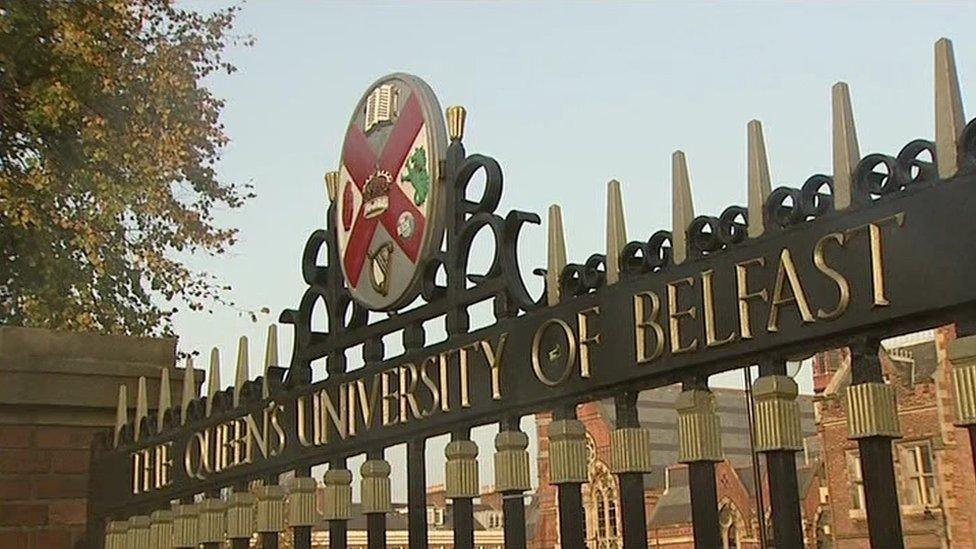
Queen's University Belfast hosted the virtual event involving the first and deputy first ministers
The differing perspectives on the border is no surprise.
The nationalist goal of a 32-county Irish republic remains.
But how likely was it 100 years ago?
The government in London at the time was trying to reconcile the seemingly irreconcilable demands of unionists and nationalists.
The Anglo-Irish War of Independence was raging and there was no end to the conflict in sight.
The Government of Ireland Act was subtitled "an Act to provide for the better government of Ireland".
Two devolved parliaments were envisaged, in Belfast and Dublin, but with Britain still in overall control.
'Fleshless skeleton'
Although the 1920 Act was rejected by nationalists, it included the theoretical means to remove the new border.
The historian Dr Éamon Phoenix noted: "There was a bond of union in the Act, between the two Irish parliaments north and south - a very weak Council of Ireland.
"Some called it a fleshless skeleton with powers over railways and agricultural diseases.
"But the view of the government was that this could evolve into an all-Ireland parliament if north and south agreed."
They never did.
As well as the Queen's University debate on the 1920 Act, the Irish Embassy in London also held a discussion, external on the legislation with a number of historians.
There is a recognition in Dublin and London that the seismic changes on the island in the early 1920s cannot be ignored but they must be handled sensitively.
It is often said that history does not come with neat beginnings and endings.
However, to understand some of the politics on the island of Ireland today, looking at the events of 100 years ago may be a good place to start.
- Published21 December 2020
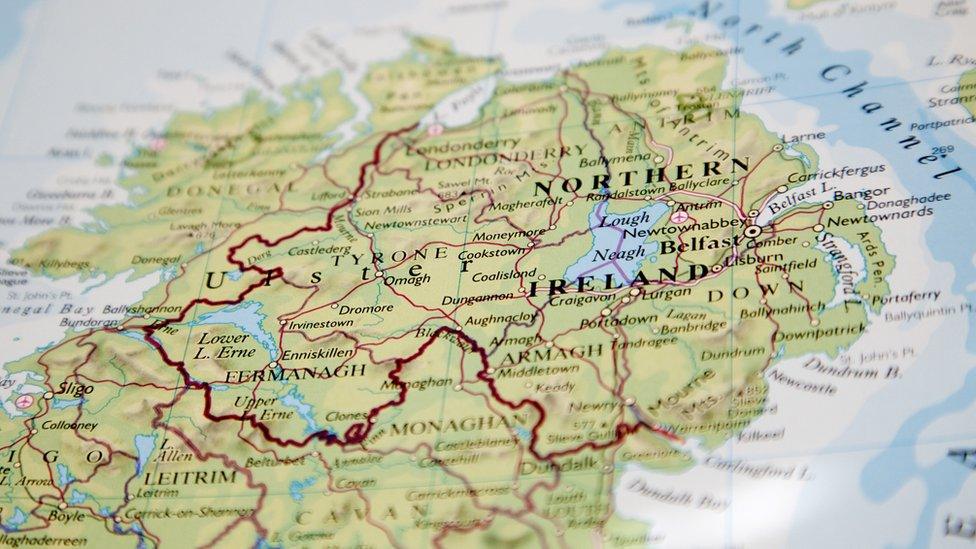
- Published21 December 2020
